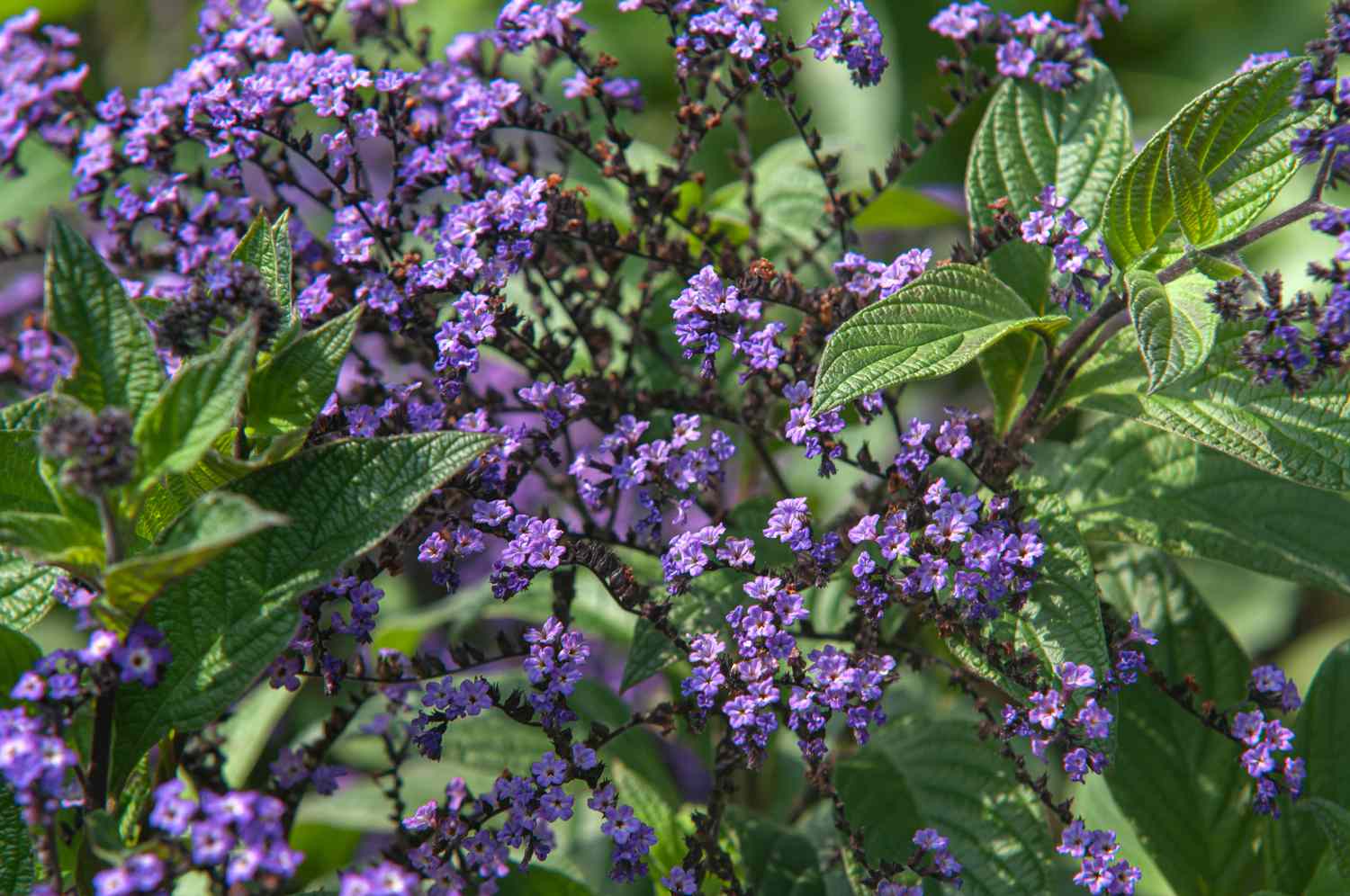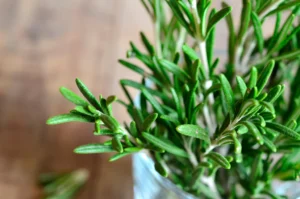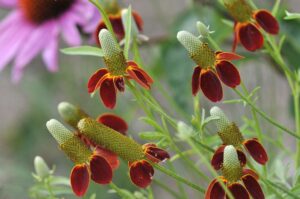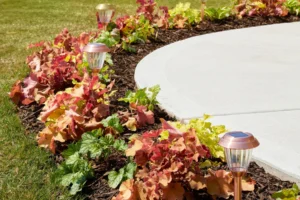How to Grow and Care for Heliotropes: A Complete Guide
Growing heliotropes can transform your garden with their sweet vanilla scent and clusters of purple, blue, or white flowers. Whether you’re a seasoned gardener or just starting out, heliotropes make a wonderful addition to any garden space. In this comprehensive guide, I’ll walk you through everything you need to know about growing and caring for these fragrant beauties.
What Are Heliotropes?
Heliotropes (Heliotropium arborescens) are tender perennials native to Peru that are often grown as annuals in most parts of the United States. Their name comes from the Greek words “helios” (sun) and “tropos” (turn), referring to how the flowers turn to face the sun. Also known as “cherry pie plants” due to their sweet fragrance, heliotropes have been popular garden plants since the Victorian era.
Key Characteristics of Heliotropes
- Height: Typically grow 1-4 feet tall, depending on variety
- Flowers: Dense clusters of small, fragrant blooms
- Colors: Deep purple, lavender, blue, or white
- Fragrance: Sweet vanilla or cherry pie scent
- Blooming period: Summer through fall
- USDA Hardiness Zones: 9-11 as perennials; grown as annuals in zones 3-8
Choosing the Right Heliotrope Varieties
Several heliotrope varieties are available in the US market, each with unique characteristics:
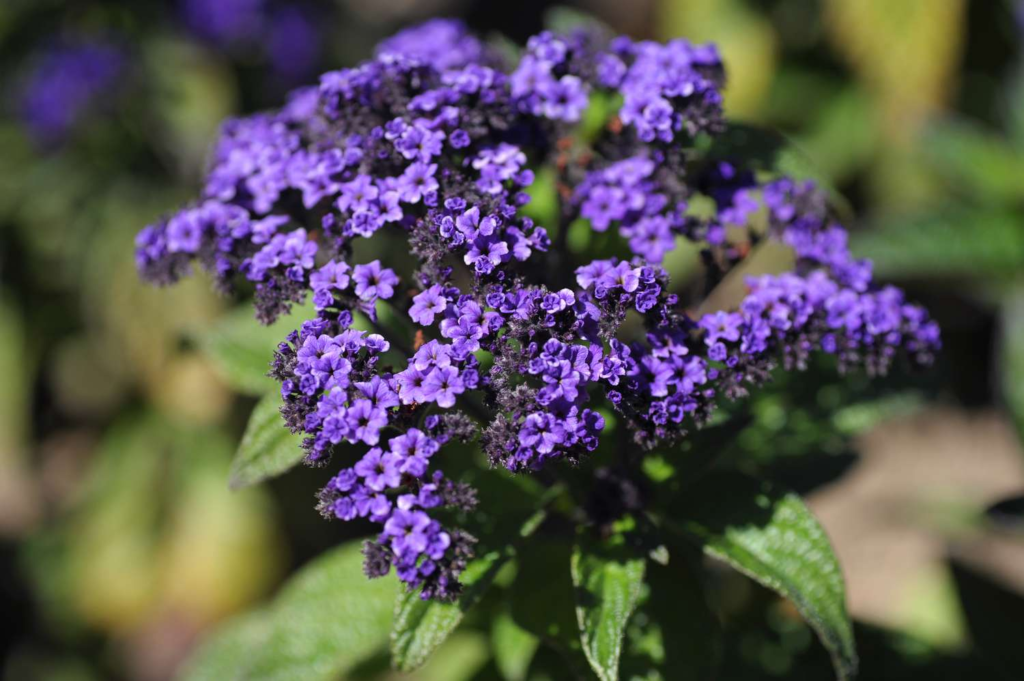
Popular Heliotrope Varieties
| Variety | Flower Color | Height | Special Features |
|---|---|---|---|
| Marine | Deep purple | 18-24″ | Intense fragrance, compact growth |
| Iowa | Light purple | 12-15″ | Heat tolerant, longer blooming season |
| White Lady | Pure white | 18-24″ | Contrasts beautifully with darker varieties |
| Fragrant Delight | Dark purple | 24-36″ | Exceptionally aromatic, larger flower clusters |
| Mini Marine | Deep blue-purple | 8-12″ | Dwarf variety, perfect for containers |
| Azure Skies | Sky blue | 18-24″ | Unusual color, moderately fragrant |
Getting Started: Growing Heliotropes
You can start heliotropes from seeds or purchase established plants from nurseries. Here’s how to grow them successfully:
Starting from Seeds
- Timing: Start seeds indoors 8-10 weeks before your last frost date
- Seed preparation: Soak seeds in warm water for 24 hours to improve germination
- Planting medium: Use a well-draining seed starting mix
- Planting depth: Sow seeds just 1/8 inch deep
- Temperature: Maintain soil temperature at 70-75°F (21-24°C)
- Light: Provide bright, indirect light
- Germination: Expect germination in 14-21 days
- Transplanting: Move seedlings to individual pots when they have at least two sets of true leaves
Buying Established Plants
If you prefer to start with established plants:
- Look for compact, bushy plants with healthy foliage
- Check for signs of pests or disease
- Select plants that aren’t yet in full bloom for longer garden enjoyment
- Purchase from reputable nurseries or garden centers
Planting Heliotropes in Your Garden
When to Plant
Plant heliotropes outdoors after all danger of frost has passed and soil temperatures reach at least 60°F (15.5°C). According to the USDA Agricultural Research Service, proper timing is crucial for tender perennials like heliotropes to establish successfully. You can check soil temperature data for your area on the USDA Natural Resources Conservation Service website.
Where to Plant
- Sunlight: Choose a location with morning sun and afternoon shade in warmer climates, or full sun in cooler regions
- Soil: Well-draining, fertile soil with pH 6.1-7.8
- Spacing: Plant 12-18 inches apart, depending on variety
- Considerations: Protected from strong winds, which can damage stems
Planting Process
- Dig a hole twice as wide as the root ball
- Mix compost or aged manure into the existing soil
- Place plant at the same depth as it was in its container
- Backfill with soil mixture and firm gently
- Water thoroughly after planting
- Apply 2-3 inches of mulch around plants, keeping it away from stems
Caring for Heliotropes
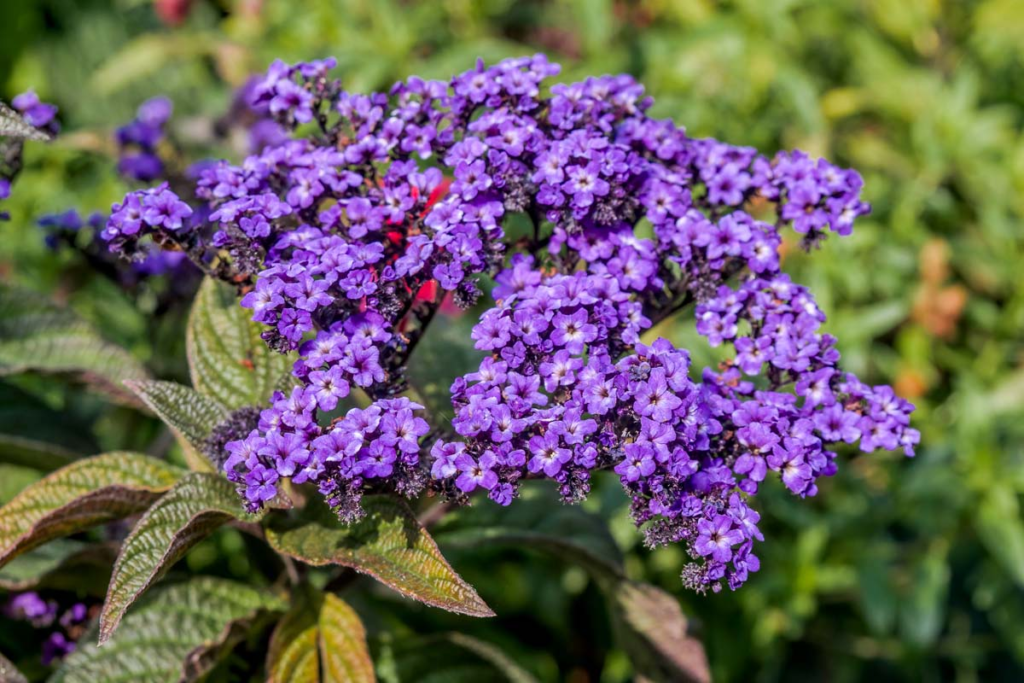
Watering Requirements
Heliotropes prefer consistent moisture but are susceptible to root rot if overwatered. Follow these guidelines:
- Water when the top inch of soil feels dry
- Water at the base of plants to keep foliage dry
- Increase watering during hot, dry periods
- Reduce watering in cooler weather or rainy periods
- Use soaker hoses or drip irrigation for efficient watering
Fertilization Schedule
Proper nutrition helps heliotropes produce abundant blooms:
- Apply a balanced, slow-release fertilizer (10-10-10) when planting
- Feed with a water-soluble fertilizer diluted to half-strength every 4-6 weeks during growing season
- Avoid high-nitrogen fertilizers, which promote foliage at the expense of flowers
- Stop fertilizing in late summer in cooler regions
Pruning and Maintenance
Regular pruning keeps heliotropes looking their best:
- Pinch back: Remove growing tips when plants are 4-6 inches tall to encourage bushier growth
- Deadheading: Remove spent flower clusters promptly to promote continued blooming
- Shape pruning: Trim leggy stems as needed throughout the growing season
- End-of-season care: In zones 9-11, prune back by one-third in late winter
Container Growing
Heliotropes thrive in containers, making them perfect for patios, balconies, or as indoor plants:
Container Selection
- Choose containers at least 12 inches in diameter with drainage holes
- Terra cotta pots work well as they allow soil to breathe
- Ensure containers are heavy enough to prevent tipping in wind
Potting Mix
Create the ideal growing medium:
- 2 parts quality potting soil
- 1 part perlite or coarse sand
- 1 part compost or well-rotted manure
Special Container Care
- Water more frequently than garden-planted heliotropes
- Move containers to protected areas during extreme heat
- Fertilize more frequently (every 2-3 weeks) with half-strength fertilizer
- Consider bringing containers indoors for winter in zones 8 and below
Overwintering Heliotropes
In zones 9-11, heliotropes can survive outdoors year-round. In colder regions, you have several options:
Bringing Plants Indoors
- Dig up garden plants before first frost
- Pot in appropriate containers with fresh potting mix
- Cut back by about one-third
- Place in a bright window with temperatures around 55-65°F (13-18°C)
- Reduce watering during winter months
- Resume normal care in spring
Taking Cuttings
- In late summer, take 4-6 inch stem cuttings
- Remove lower leaves and dip cut end in rooting hormone
- Plant in moist potting mix or vermiculite
- Cover with plastic to maintain humidity
- Place in bright, indirect light until rooted (2-3 weeks)
- Transplant to individual pots when roots are established
Common Pests and Diseases
While relatively trouble-free, heliotropes can encounter several issues:
Pest Problems
- Aphids: Treat with insecticidal soap or neem oil
- Spider mites: Increase humidity and spray with water or insecticidal soap
- Whiteflies: Use yellow sticky traps and insecticidal soap
- Slugs: Apply diatomaceous earth around plants or use beer traps
Disease Issues
- Powdery mildew: Improve air circulation and apply fungicide if necessary
- Botrytis (gray mold): Remove affected parts and avoid overhead watering
- Root rot: Ensure proper drainage and avoid overwatering
Using Heliotropes in Your Garden
Heliotropes aren’t just beautiful—they’re versatile garden plants:
Garden Design Ideas
- Flower beds: Plant in groups of 3-5 for impact
- Borders: Use as mid-height plants in mixed borders
- Moon gardens: White varieties glow in evening light
- Cottage gardens: Mix with other old-fashioned flowers
- Fragrance gardens: Position near paths or seating areas to enjoy their scent
Companion Plants
Heliotropes pair beautifully with:
- Silver-leaved plants like dusty miller
- Yellow flowers like marigolds or coreopsis for color contrast
- Other fragrant plants like roses and lavender
- Trailing plants like lobelia or alyssum for container arrangements
Enjoying Heliotropes Beyond the Garden
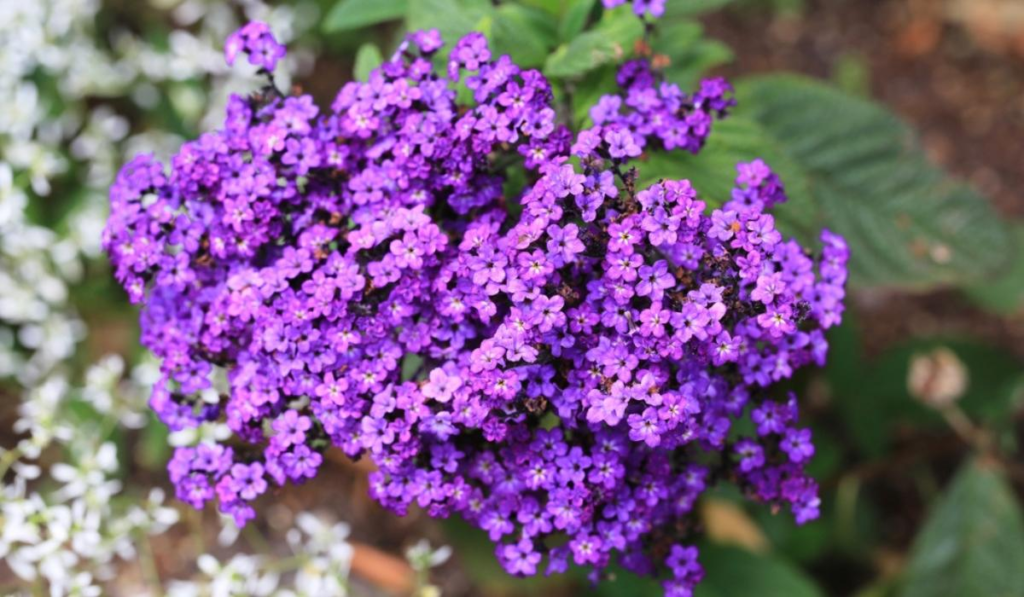
Cut Flowers
- Cut stems in the morning when flowers are freshly opened
- Change water daily to prolong vase life
- Expect 3-5 days of vase life
- Combine with other garden flowers for unique arrangements
Fragrance Uses
While not commonly used in culinary applications, heliotropes can be enjoyed for their fragrance:
- Add fresh flowers to potpourri mixtures
- Use dried flowers in sachets for drawers or closets
- Place potted plants near windows or outdoor seating areas
Conclusion
With their intoxicating fragrance and beautiful flowers, heliotropes deserve a place in your garden. By following the care guidelines in this article, you’ll be rewarded with healthy plants and abundant blooms throughout the growing season. Whether you grow them as garden perennials in warmer climates or as annuals or container plants in cooler regions, heliotropes will bring joy and beauty to your outdoor space.
Remember that while heliotropes require some specific care, they’re well worth the effort. Their sweet vanilla scent and clusters of vibrant flowers make them a standout plant that will have visitors to your garden asking, “What is that wonderful smell?”
